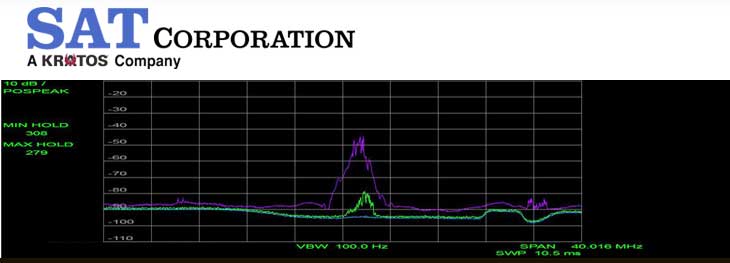...a multi-million dollar order to supply its Monics® carrier monitoring system and related products to Space Systems/Loral (SS/L) in support of one of its customers that will provide broadband communications services in remote areas. The name of the end-user customer was not disclosed. Monics is the industry-leading Radio Frequency (RF) monitoring system that provides automatic carrier monitoring as well as advanced interference detection and analysis capabilities. To support multi-beam monitoring of SSL's customer's constellation of next-generation Ka-band satellites, Monics will be implemented on SAT's new SAT-DSP-6000 instrument. The DSP-6000 uses advanced Digital Signal Processing (DSP) technology to produce 250MHz of instantaneous bandwidth and an extended L-band input frequency range of 900MHz to 2450MHz. Among other advantages, this allows for much faster measurements of entire transponders and makes Monics the preferred choice for the industry's growing Ka band monitoring needs.
Monics' In-service In Orbit Test (IS-IOT) feature will be activated to ensure optimum performance of multi-beam satellites. IS-IOT uses advanced measurement techniques to characterize transponders in terms of gain, frequency response and phase and can do so even while the transponder is operating. IS-IOT is the industry's only true in-service IOT solution that does not impact revenue-generating traffic while performing network data stream analysis or characterizing transponder performance.
Monics' native scalability and flexibility will enable a fully-distributed, autonomous system for monitoring payload traffic and RF interference, including co-channel interference. SAT will also supply antennas and ruggedized trailer-mounted and flyaway systems to be employed as part of approximately 21 monitoring stations. These stations will be capable of monitoring the satellite fleet from anywhere in its service area, including outlying islands.



